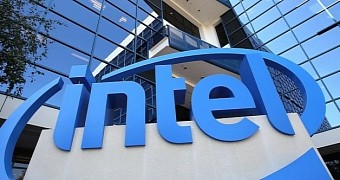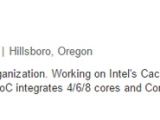Squishing four physical cores from the well known Core i7 and i5 CPU models for years, Intel has finally decided that a time to change the number of physical cores from four to eight in the future Cannonlake processors has finally arrived.
Yes, people, the great news are finally here, but that doesn't mean it will be happening this year, or even the next year, but rather something that will be happening only in about three years from now when the much awaited, even by Intel itself, 10nm process technology Cannondale chip will arrive.
For a lot of time Intel has offered CPUs with physical cores that vary between two and four while also having 8 or less logical cores depending on the target system they're built for, but for years the ultimate Intel CPU layout has been the classical 4 cores with eight threaded/logical cores found in most higher-performance laptops and mainstream desktops.
However, the times are changing, and Intel considers that the processors first introduced in 2008 with the Nehalem Microarchitecture have run their course, and it's time to switch to a much dense, faster and evidently with double the amount of cores processors than the previous Intel Core series. Although unknown by now, the possibility of a complete change in architecture is very much possible, so there is a substantial evidence that the upcoming Cannonlake in 2018 will be a major paradigm shift in Intel's roadmap.
A leaked job description may tell many future secrets
Apparently the proof of such claim is a Linkedin account job description from an Intel engineer employee found by Motley Fool that was saying he was working on "Intel Cannonlake SoC integrates 4/6/8 cores and Convergent Coherent Fabric (CCF) which acts like NorthBridge."
Although CPUs like the Xeon already pack more than four physical cores, it's clear this is a consumer processor since it bothers to name future core counts next to the very explicit "Cannonlake" name. The reason why Intel does try to multiply the number of cores on a smaller 10nm node is because it takes way smaller space inside the die so more cores have room to be placed on the silicon than before. But Intel could have done this before, every time it shrank its die and node sizes but it didn't, so what would make Intel do it this time is unknown.
The Skylake models will probably be the last of the Intel Core CPUs started with Nehalem in 2008, since the Intel Core series are slowly reaching the maximum of their potential, while a new processor from the ground up will emerge. However, these are all speculations, and not much else is known. Let's hope Intel will say something about this officially sometimes in the near future, before 2018 that is.

 14 DAY TRIAL //
14 DAY TRIAL // 

